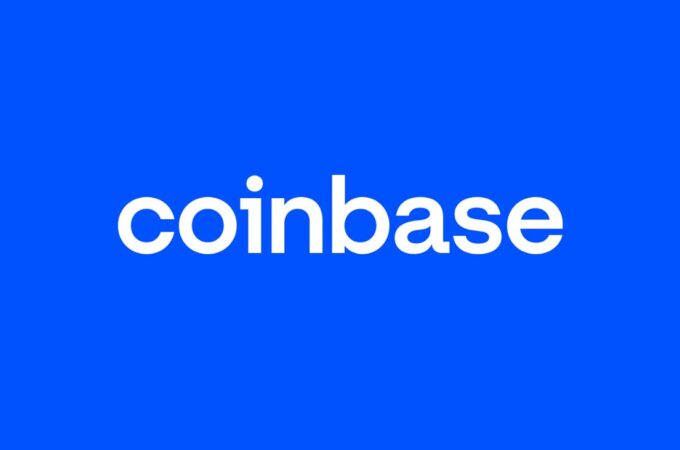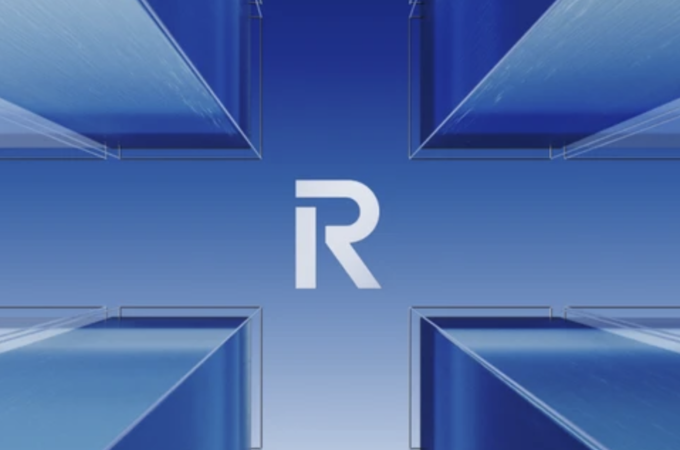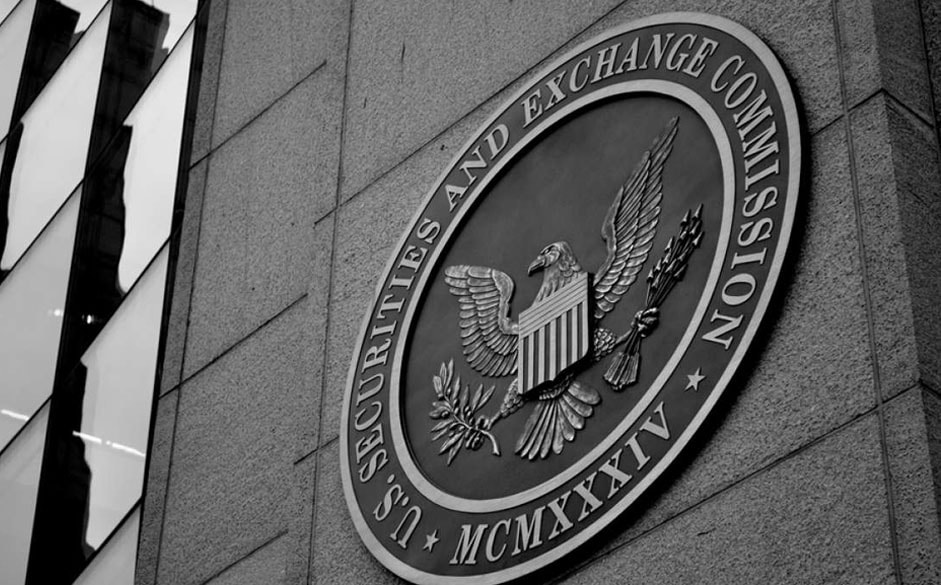
DREX: Brazil’s CBDC Unveiled
In a dynamic move to redefine the digital landscape of finance, Brazil’s Central Bank has unveiled the official brand name for its central bank digital currency (CBDC): DREX.
DREX, an acronym combining “D” for Digital, “R” for Real, “E” for Electronic, and “X” for Transaction, represents the nation’s evolution towards modern, distributed ledger technology (DLT)-based financial solutions. This CBDC is set to bolster financial inclusion and transform the accessibility of banking services in Brazil.
Developed to leverage DLT, DREX aims to simplify access to financial services, reducing costs and broadening the horizons of financial inclusion. As the Brazilian market already embraces digital payments through platforms like Pix, DREX is poised to further democratize access to finance by enhancing lending, investments, insurance services, and even government benefits.
One significant aspect of DREX’s impact is its potential to revolutionize transparency and oversight in public administration. Senator Carlos Portinho highlights the capacity of blockchain technology to ensure that funds allocated for specific purposes, such as healthcare or infrastructure projects, are utilized as intended, thereby minimizing misuse or misallocation of public resources.
However, like any transformative development, DREX’s journey has encountered its share of scrutiny. The discovery of certain functions within DREX’s code that enable the Central Bank to freeze accounts or adjust balances has raised questions about user privacy and the government’s level of control. The Central Bank clarifies that these functionalities are aligned with existing legislation and judicial processes, ensuring compatibility with current financial norms.
As the digital real project’s pilot phase progresses, Brazil’s largest public bank, Caixa Econômica Federal, envisions using DREX for disbursing government benefits like Bolsa Família. This initiative reflects the broader goal of the digital real to catalyze financial digitalization and social inclusion, capitalizing on the extensive reach of public institutions to make meaningful changes in citizens’ lives.





